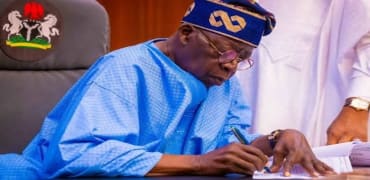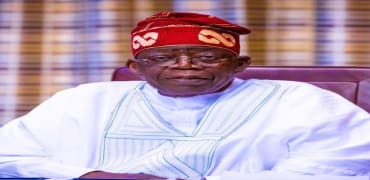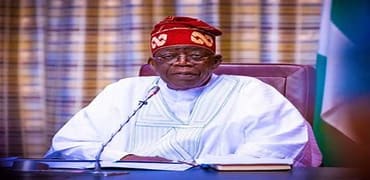The Election That Could Change Everything: What You Need To Know About US Presidential Vote
"The Election That Could Change Everything: What You Need to Know About the 2024 US Presidential Vote!"
By Achimi Muktar
Today, millions of Americans are poised to make a monumental decision in the 2024 US presidential election, choosing between the familiar figure of former President Donald Trump and the current Vice President, Kamala Harris. But the stakes go beyond the presidency; this election also determines the composition of Congress, the body responsible for shaping the laws that govern the nation.
The Candidates
Donald Trump, the Republican nominee, has solidified his position with unwavering support from his base. He has selected Ohio Senator JD Vance as his running mate, aiming to capture critical votes in key states. On the other side, Kamala Harris steps into the spotlight as the Democratic contender, having taken the reins after President Joe Biden announced he would not seek re-election. Harris has chosen Minnesota Governor Tim Walz to join her on the ticket, creating a compelling duo as they aim to resonate with voters across the country.
Although independent candidates like Robert F. Kennedy Jr. have entered the race, they have not significantly altered the two-party dynamic, especially after Kennedy withdrew and endorsed Trump in August.
Understanding the Election Process
This election operates under the unique Electoral College system, where the candidate with the most national votes may not necessarily secure the presidency. According to USA.gov, the total number of electoral votes—538—reflects each state’s congressional representation, with a majority of 270 required to win. For instance, while populous California boasts 54 electoral votes, smaller states like Alaska, Vermont, and Wyoming each have just three.
In a winner-takes-all approach adopted by most states, the candidate with the highest number of votes in a state receives all its electoral votes, making each state's vote critical. The only exceptions are Maine and Nebraska, where electoral votes can be split based on district results.
The Battleground States
Certain states, dubbed “battleground” or “swing” states, play a pivotal role in the election outcome. Candidates are intensifying their campaigns in these key areas, focusing on undecided voters who can sway the results. According to CBS News, the 2024 battleground states include Arizona, Georgia, Michigan, Nevada, North Carolina, Pennsylvania, and Wisconsin. These states have shown tendencies to flip between Democratic and Republican candidates in past elections, making them crucial for securing a victory.
Notably, the 2016 election illustrated how a candidate could triumph in the Electoral College despite losing the national popular vote—a phenomenon experienced by Trump when he won against Hillary Clinton. Historically, only five US presidents have taken office without winning the popular vote, with three of those occurrences happening in the 19th century.
Unusual Scenarios in the Electoral Process
The election process can yield unexpected twists. In rare instances, “faithless electors” may cast their votes for someone other than the candidate who won their state. Moreover, if no candidate achieves the requisite 270 electoral votes, a tie could lead to a “contingent election” in the House of Representatives—a scenario last seen in 1800, when Thomas Jefferson ultimately claimed the presidency.
In this unlikely event, each state delegation in the House would cast one vote, and the candidate with the majority of state votes would be declared president. Meanwhile, the Senate would select the vice president, leading to the intriguing possibility of a president and vice president from opposing parties—a situation that could see Trump as president with Walz as vice president or Harris in the presidency alongside Vance.
As Americans head to the polls today, the potential outcomes could redefine the nation’s future. The votes cast may reverberate through history, influencing not only who leads the country but also the direction of its legislative agenda.






















